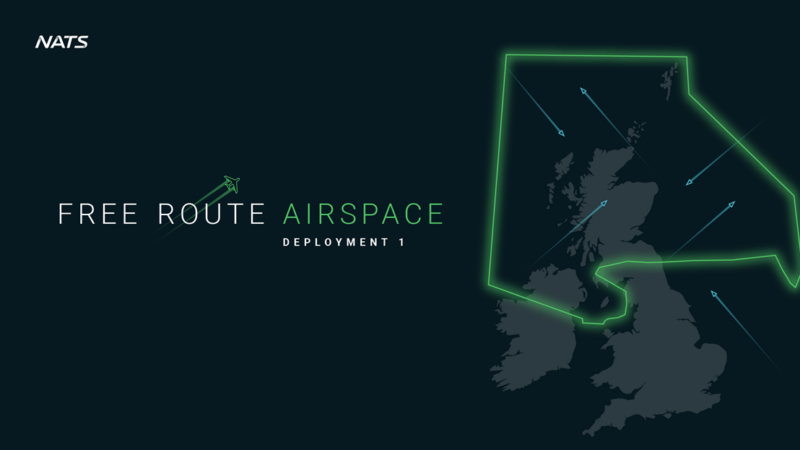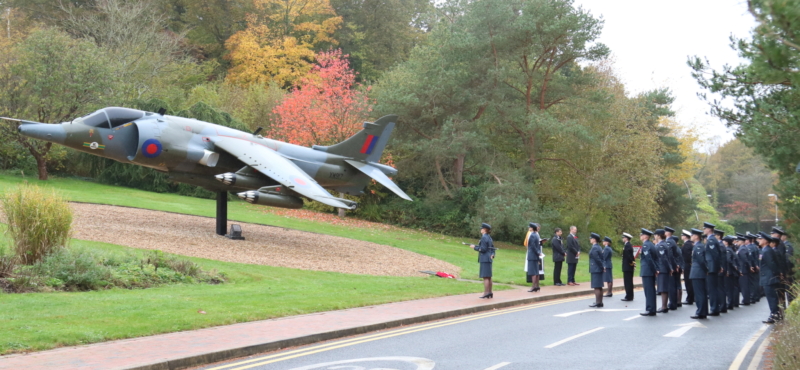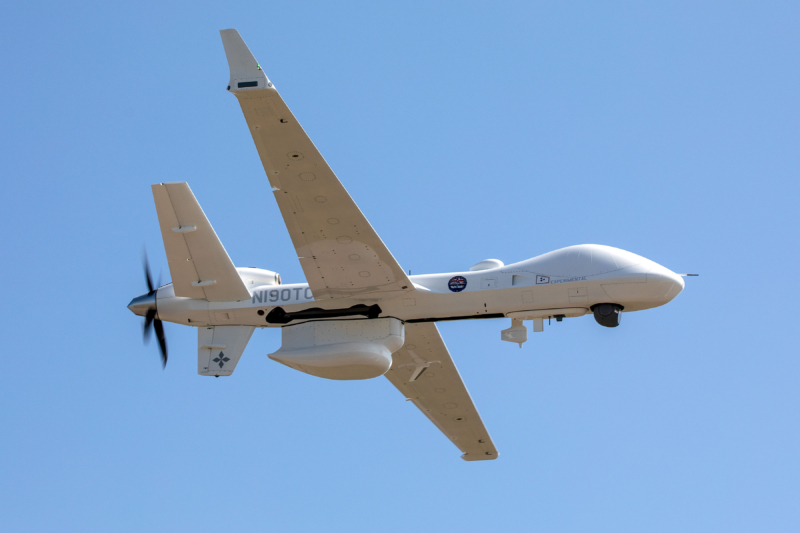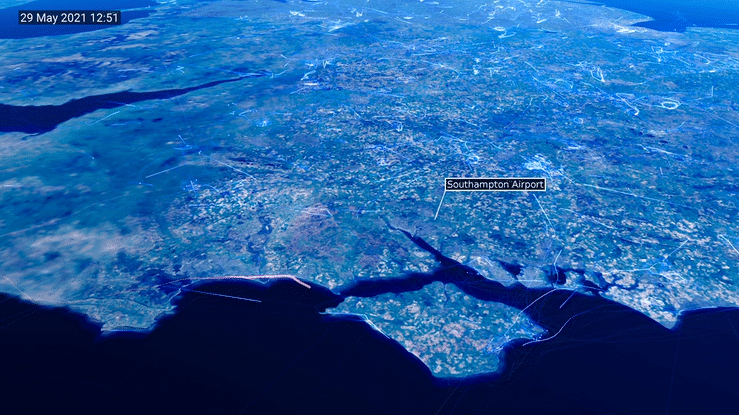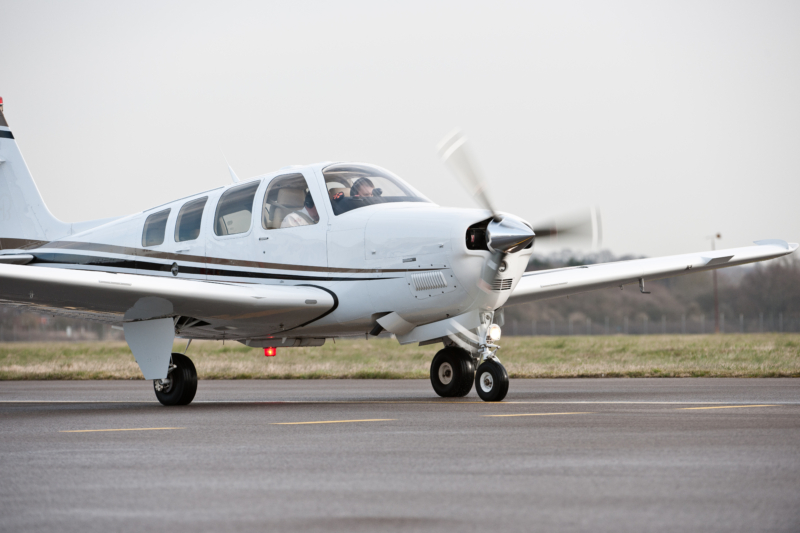Airspace
Introducing Free Route Airspace into the UK skies
10 December 2021Last week, on 2nd December 2021, NATS implemented the biggest airspace change ever undertaken in the UK and introduced Free Route Airspace for the first time into UK skies. It’s an exciting milestone in a project which has been underway for over five years and will enable huge fuel, flight time and CO2 savings. But what is Free Route Airspace (FRA) and what does it mean for airlines?
Your electric flying taxi is nearly here
3 December 2021Annual investments in the drone industry reached a record high in 2020, over 90% of which were in the manufacture of electric flying taxis. Within the next five years, passenger-carrying piloted flying taxis are expected to start low-density operations across cities in the UK, at a rate that’s projected to exceed existing helicopter traffic.
Welcome to the green shoots of autumn
15 November 2021The clocks have gone back and with that we’re into the winter flying schedule and what are usually the quieter months of the year once the summer season ends. And while the traffic volumes may have followed that annual trend, I’m really encouraged to see that traffic percentages are creeping up … slowly but surely.
‘For your tomorrow, we gave our today’
11 November 202178 Squadron, the Royal Air Force Unit embedded within the NATS Swanwick Centre, held a commemorative parade this week to mark both Remembrance Day and the recent re-formation of No. 78 Squadron. Gus Wells tells us more about the history of 78 Sqn, and how they marked this milestone.
The future has landed – SkyGuardian arrives in the UK
1 October 2021SkyGuardian, a new uncrewed and remotely piloted aircraft, has conducted trial flights in the UK this summer to test the platform and how it can safely integrate into UK airspace. Mark Watson tells us more.
Changing the way we monitor controller competence
3 September 2021Monitoring the performance of our air traffic controllers is an incredibly important part of the work we do to keep our skies safe. In May, we launched the NATS Management of Competence System (or NMOCS), a single evidence-based system which is transforming the way we manage the competence of our controllers. Find out more.
Infringement at Southampton Airport
19 August 2021In this data visualisation, we share an example of a recent infringement at Southampton Airport, to explain how such an incident can have an impact on other airspace activity and users and to help raise awareness in the hope of minimising these occurrences in the coming months.
In uncontrolled airspace, it is up to individual pilots whether to use an air traffic service or not. Pilots don’t have to call and use the Flight Information Service (FIS) available to them, but here’s some information on why we think you should consider it….
Building UK airspace back better after covid-19
22 July 2021By 2030, the aviation industry is targeting an overall reduction of at least 15% in net CO2 emissions relative to 2019, and a 40% net reduction by 2040. Managing our airspace more effectively, and flying more efficiently, will play a crucial role in the future of aviation.
Up to eight vertical and horizontal launch spaceports in the UK are currently proposed. The vehicles launched from each of them will use airspace just as other aircraft already do, and as the custodians of UK airspace, NATS’ role is to integrate them safely and sustainably into our network.
